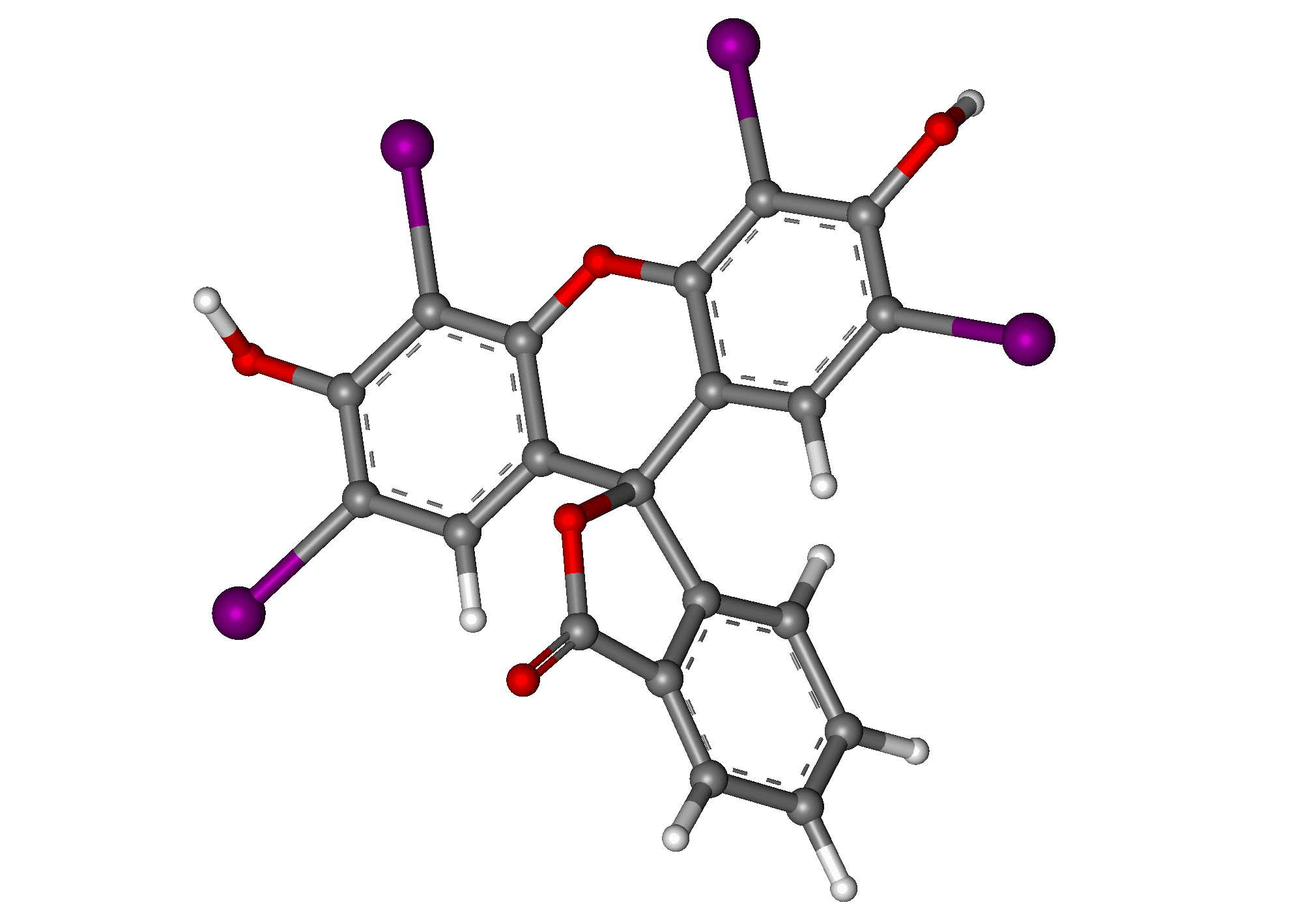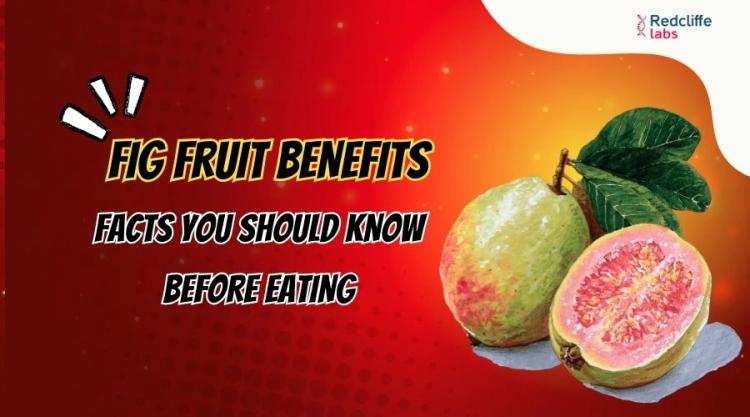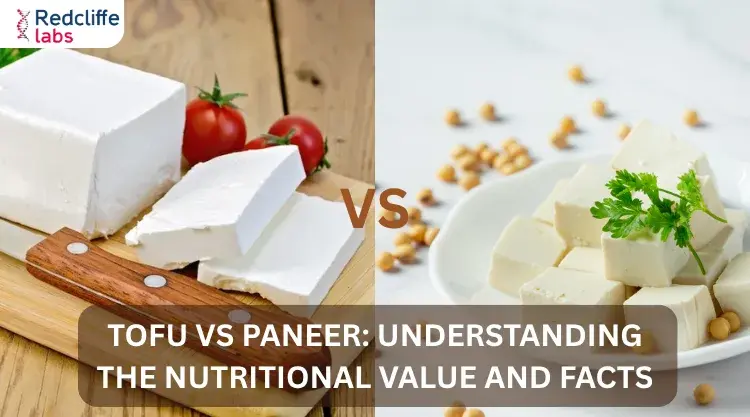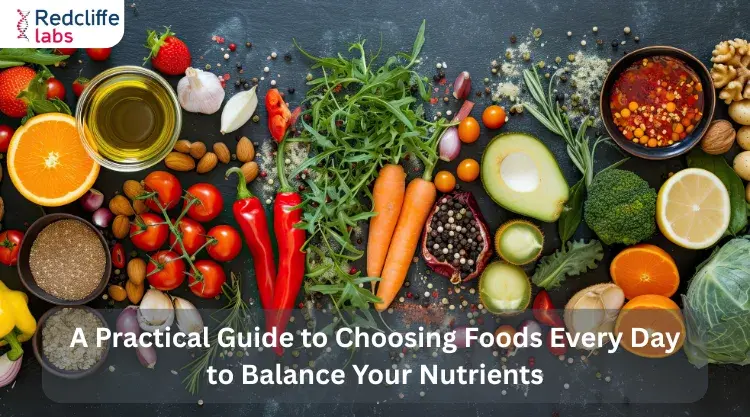Erythrosine (Red No.3): What is it, in which foods is it used, does it cause cancer?

Medically Reviewed By
Dr. Ragiinii Sharma
Written By Prekshi Garg
on Apr 30, 2022
Last Edit Made By Prekshi Garg
on Jan 10, 2025

Artificial food colours are commonly used in packed, canned, tinned foods, jams, and jellies. The attractive colours are a part of the medications that you take regularly. But, less do we know that consuming these coloured foods can pose a health risk.
Erythrosine (Red No. 3) gives the food an attractive cherry red treat to the eyes and makes your mouth watery. There are possibilities that this candied red cherry treat poses something harmful to your health.
This article dives through the food dye erythrosine (Red No.3) and helps you understand the chances of health risks caused by it.
Erythrosine (Red No.3): What is it?
Erythrosine gives a red colour to foods and beverages. Erythrosine is known as F&DC Red No. 3, in the US and is approved by the Food and Drug Administration for use as a food colouring according to the US Food and Drug Administration (US-FDA)-1995. Erythrosine, in the UK, is known as E127 and is restricted to only certain cocktails and syrup, according to the European Food Safety Authority (EFSA).
Erythrosine is a brown powder or granules of xanthene dye consisting of the disodium salt of 2-(2,4,5,7-tetraiodo-6-oxido-3-oxo xanthen-9 yl) benzoate monohydrate and subsidiary colouring elements. Erythrosine is an artificial red organic agent containing iodine and sodium that is known to give a watermelon red to various food products, including medicines.
Which foods contain Erythrosine (Red No.3)?
The watermelon red or the cherry red erythrosine is used in a variety of food products, including candied cherries, cocktail cherries, bigarreaux cherries in syrup, cocktails, and popsicles, cake decorating gels, sports drinks, cream biscuits, gems, candies, and other condiments.
Apart from foods and beverages, certain medications, such as ibuprofen, are coated with erythrosine. The red colour dye in the tablets is a source of iodine in the diet.
Is erythrosine (Red No.3) harmful? According to research
Despite being approved by the FDA and ESPA, erythrosine has been one of the most controversial food dyes for its safe-to-use parameters.
Erythrosine (Red No.3) in the UK has limited use, and the government has asked the companies to consider other alternatives. The FDA had given a green flag for erythrosine along with other dyes. But, in 1990, the New York Times reported a ban on erythrosine, following studies that indicated the high doses of Red No.3 colour causing cancer in laboratory mice.
It’s been over 30 years now, and erythrosine is still being used in food. But does the erythrosine (Red No.3) lead to cancer? Or is Red No. 3 harmful? The New York Times article further reads Dr. Louis W. Sullivan, the Secretary of Health and Human Services, statement- “the risk of getting cancer from Red No.3 is one in one lakh after a lifetime consumption.” Since the effects were observed in mice, the question to be resolved is, could the food dye poses a cancer risk even to humans?
Dr. Kelly Johnson-Arbor, a medical toxicologist and co-medical director of the National Capital Poison Centre, explains saying rats are different from humans in size, metabolism, and absorption of chemicals. Toxicity chemical studies in animals involve high doses that could be larger than normal human exposure. Rats being small animals, even respond to smaller doses than those encountered by humans.
“Erythrosine has very poor absorption into the human body after consumption, and only about 1% of all erythrosine is absorbed into the bloodstream after ingestion,” according to Johnson-Arbor. She further adds saying- "The body does not metabolise erythrosine, and it exits the body unchanged in the faeces.”
On the contrary, a drug-protein interaction study shows that even the permissible limit of this dye leads to it being carcinogenic. This indicated that the use of this permitted colour at permissible levels is also not safe and there is a need to minimise the unnecessary and permissible colour usage, especially erythrosine in foods and pharmaceuticals- where the consumption could be more.
However, with further studies on the permissible levels and drug interactions needed, a reevaluation of erythrosine (E-127) indicated erythrosine use in moderation is safe and poses no cancer risk.
Conclusion
After a lot of speculations on whether to permit or not to use artificial food colours, these colours give great aesthetic value to the food. Researchers find that occasional consumption of Red No.3 erythrosine may not harm nor cause cancer risk. However, it is better to avoid artificially coloured foods as much as possible.
For food manufacturing companies, FDA, EFSA, and other food regulating bodies in different countries have set regulatory norms and permitted values of erythrosine usage. And as consumers, it is required to carefully review the ingredient list and choose natural dyes and colours while opting for food and food products. Ultimately, enjoying processed foods in moderation and having a healthy, well-balanced diet is what the key review points out.



